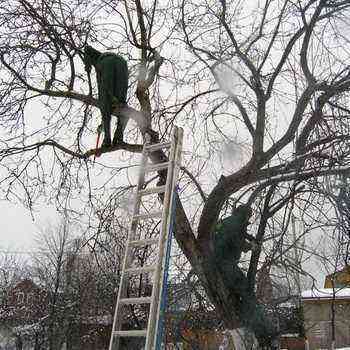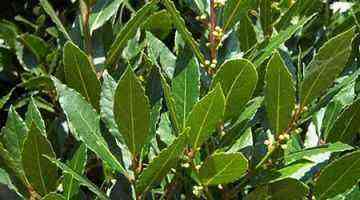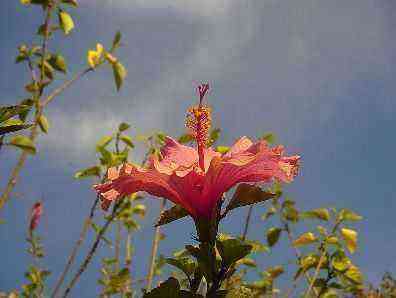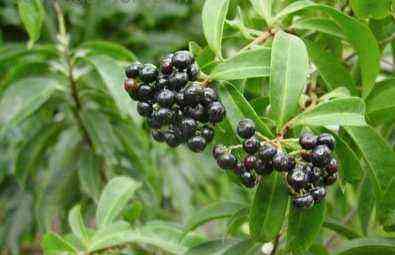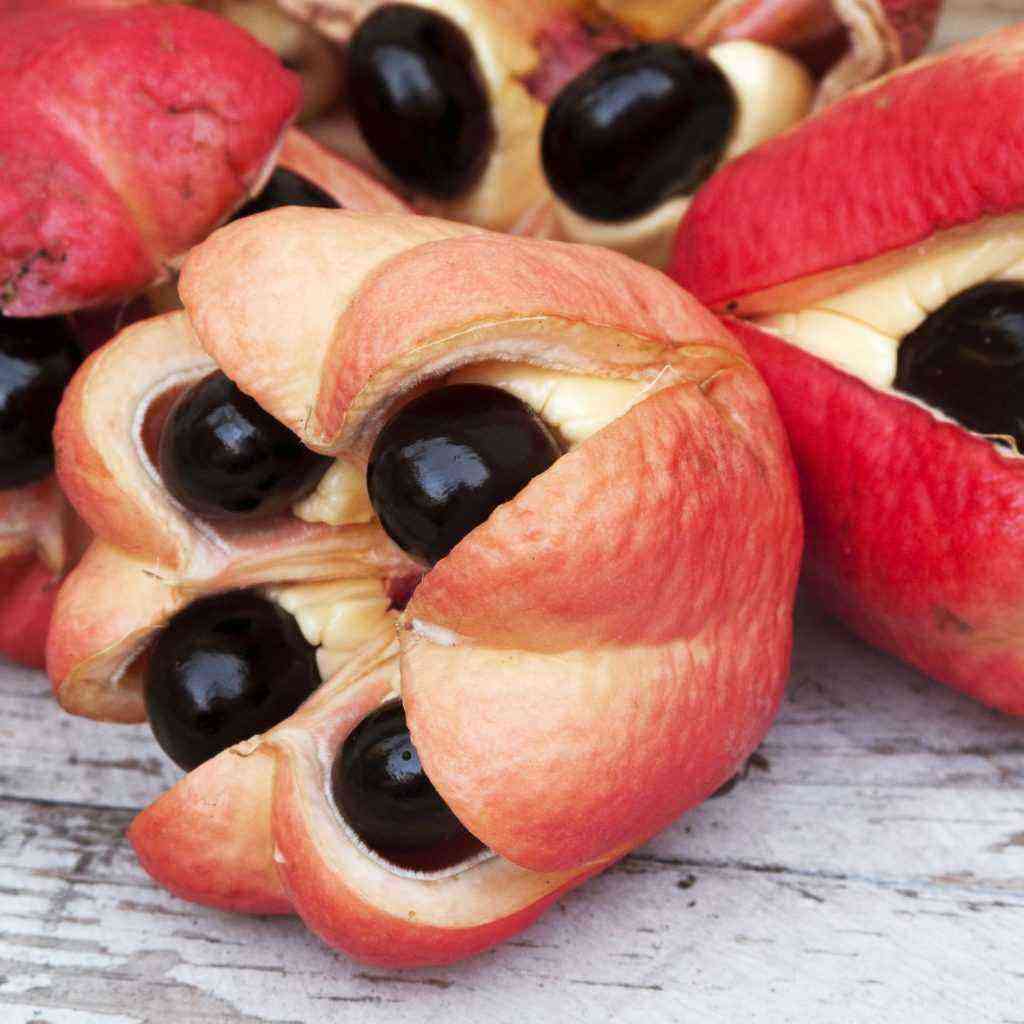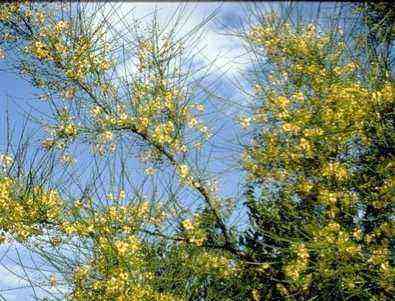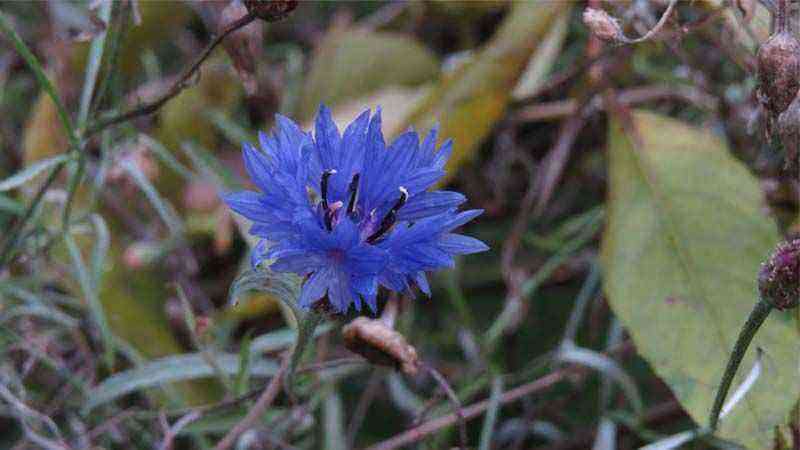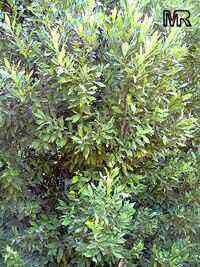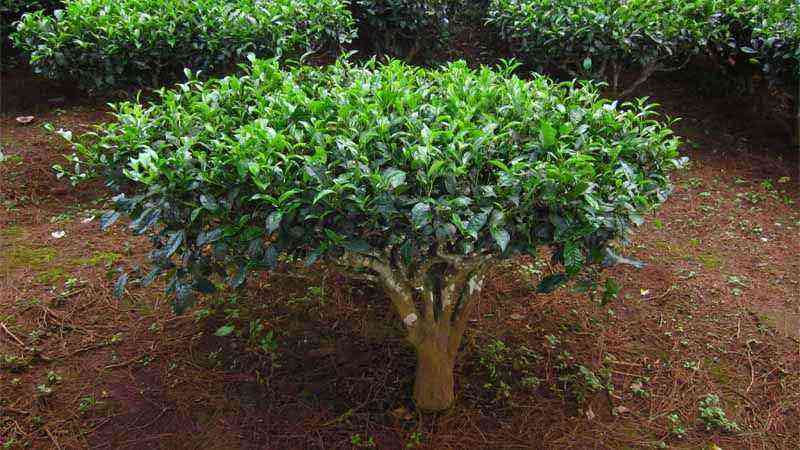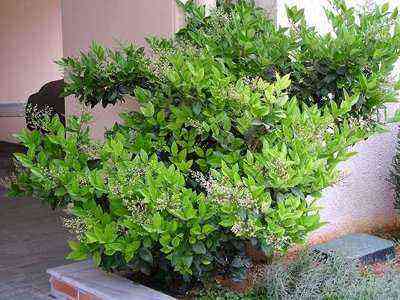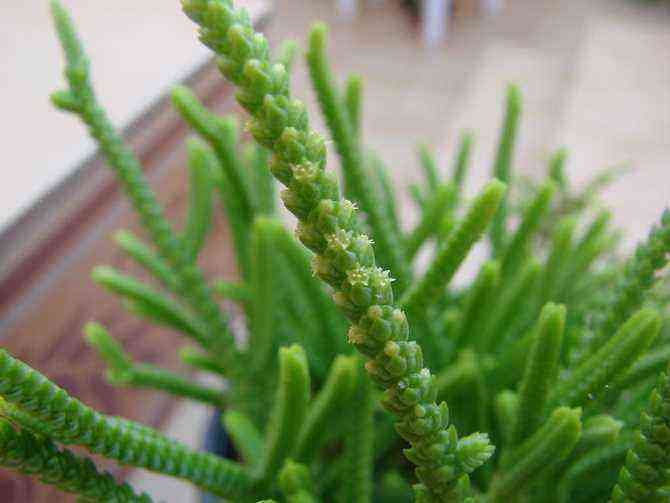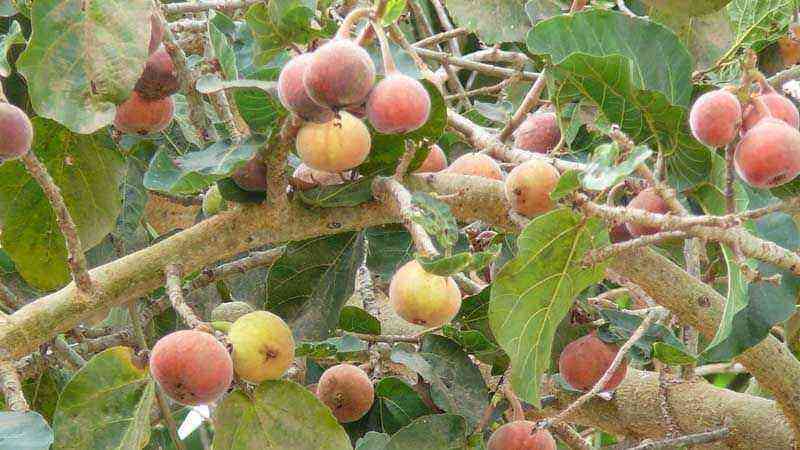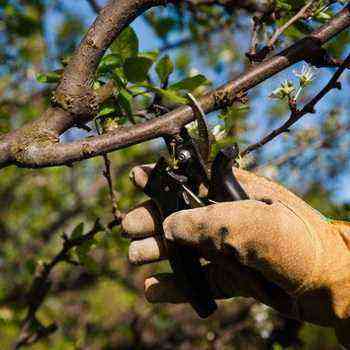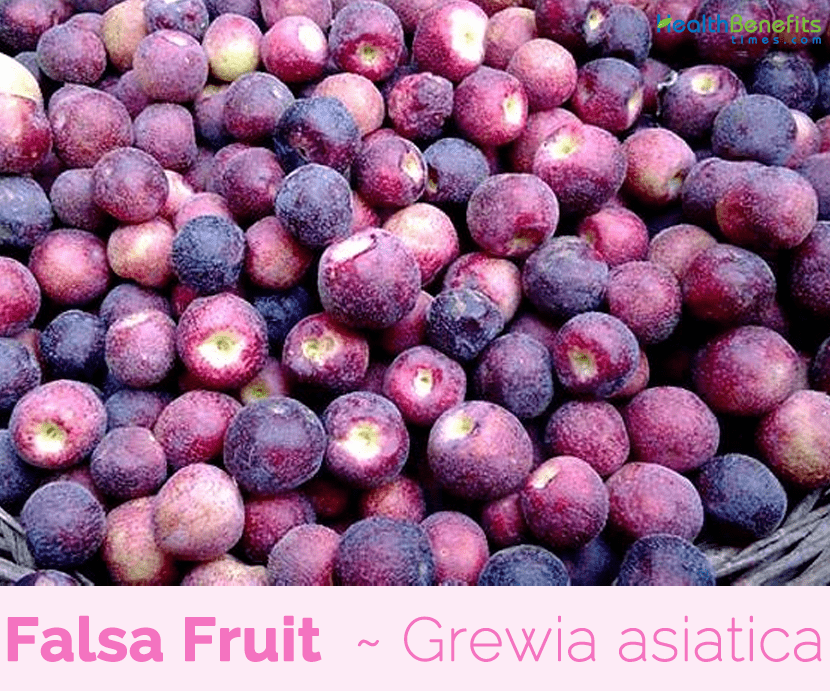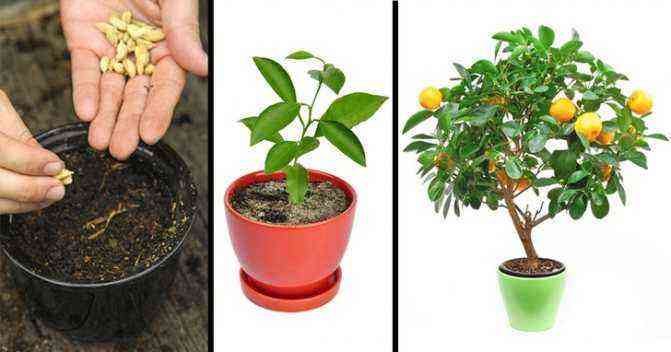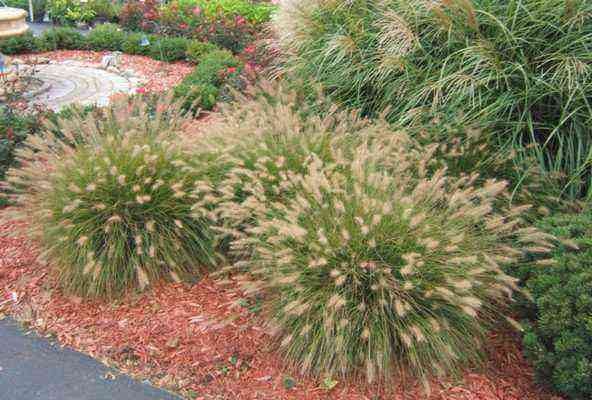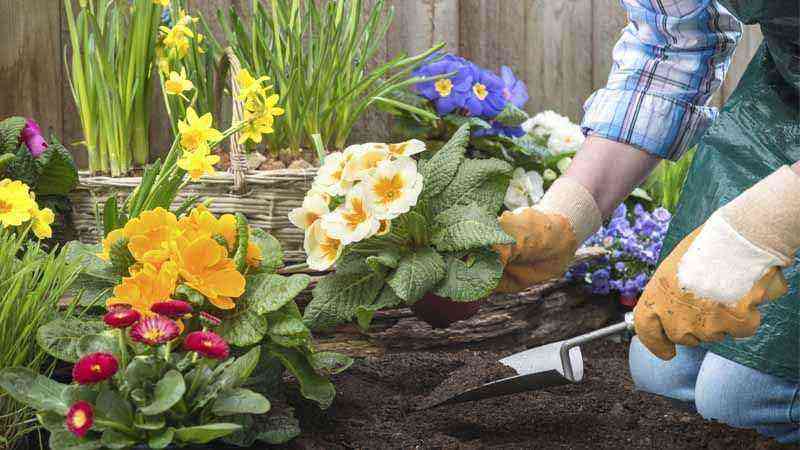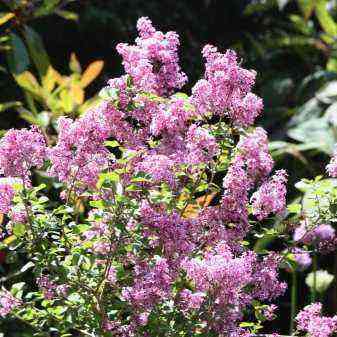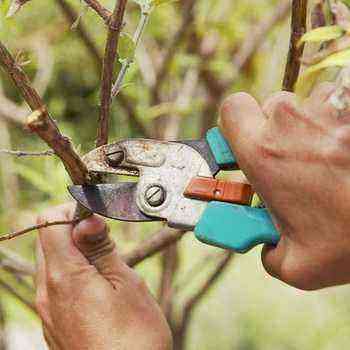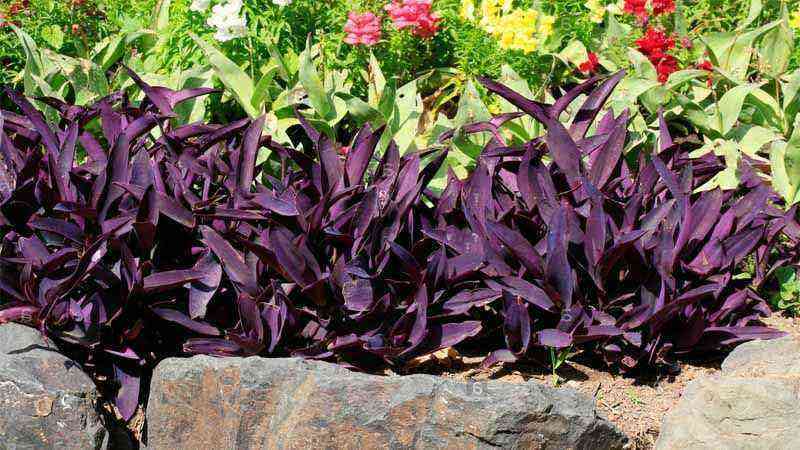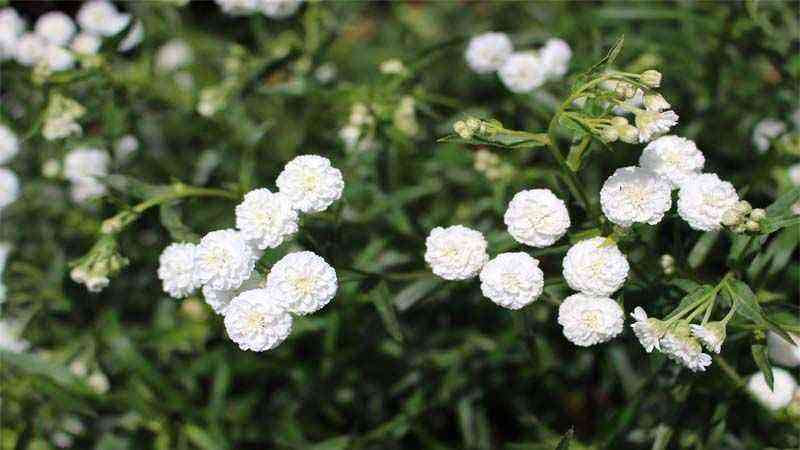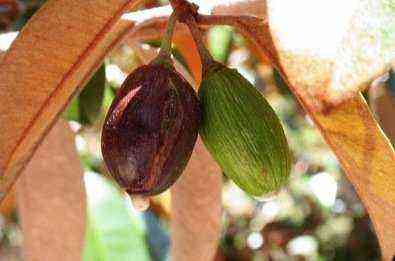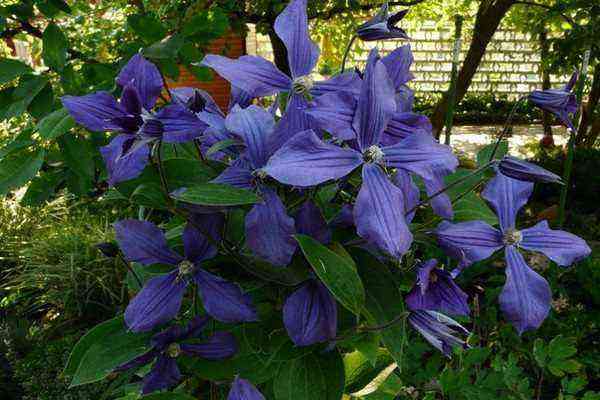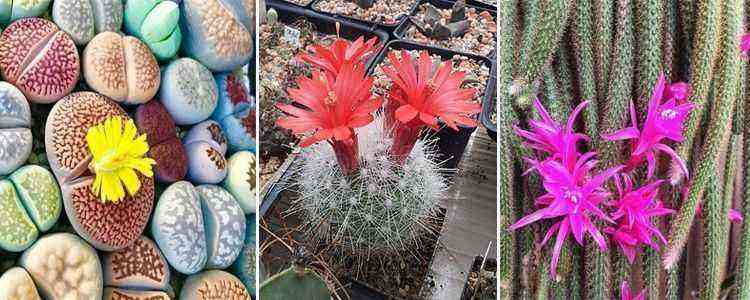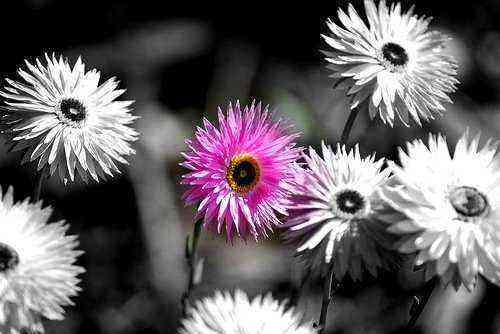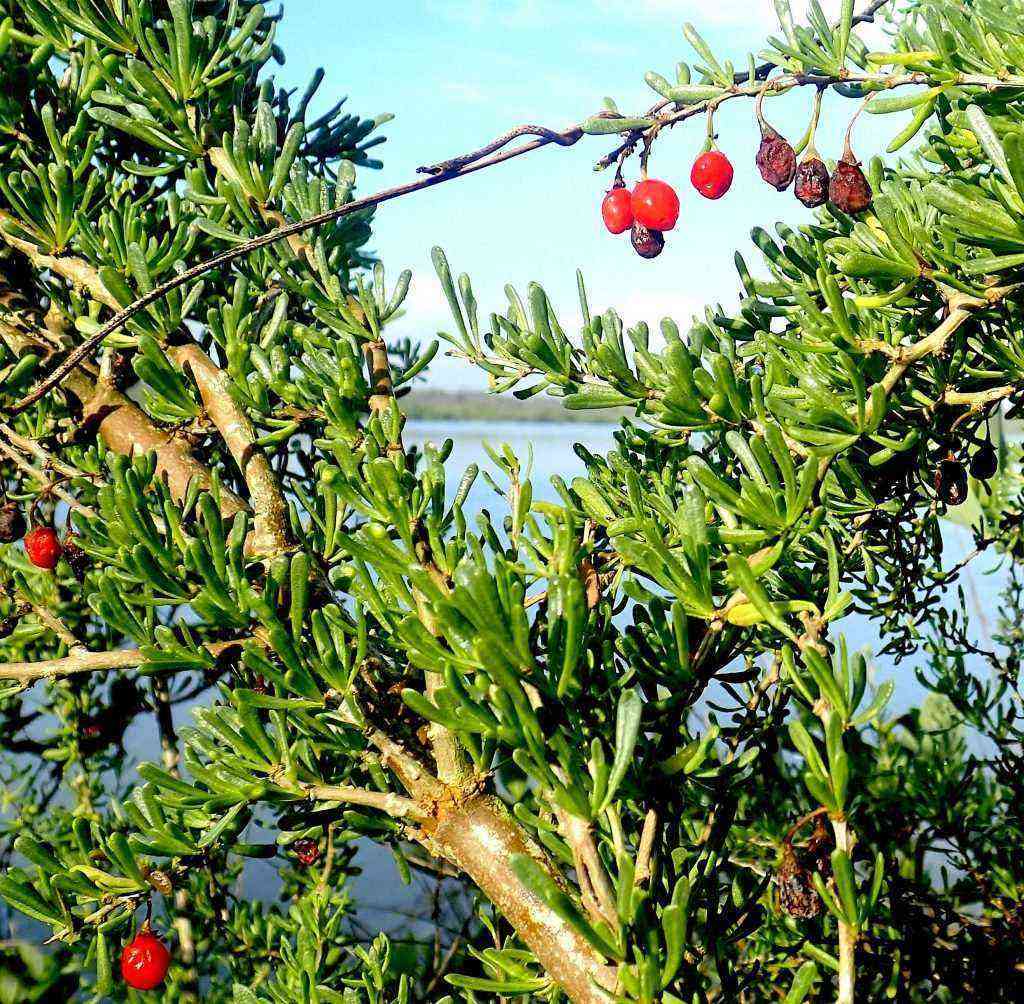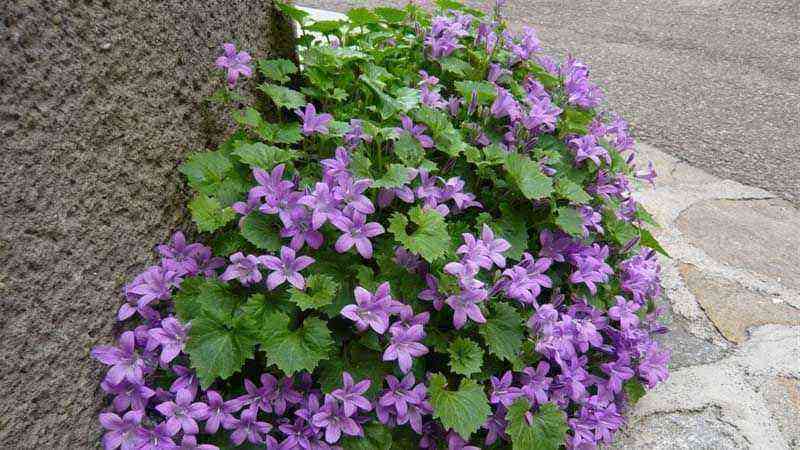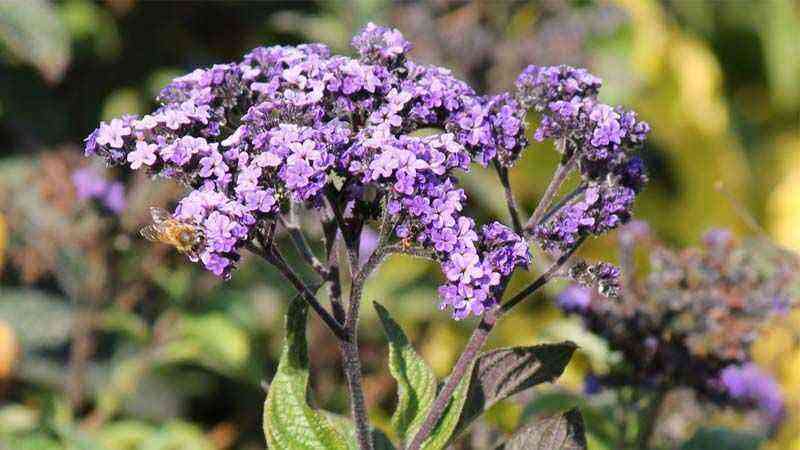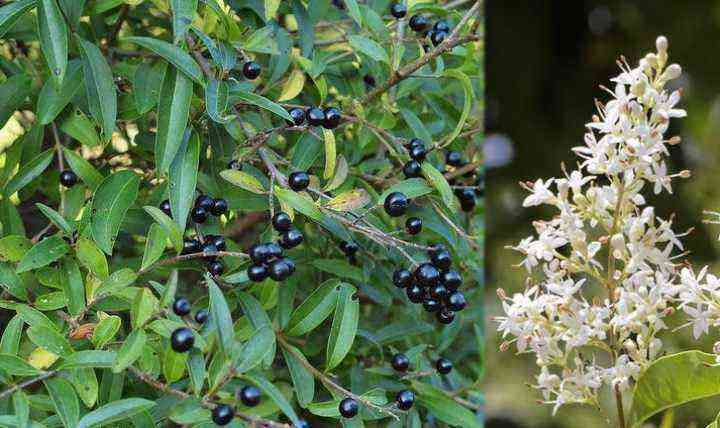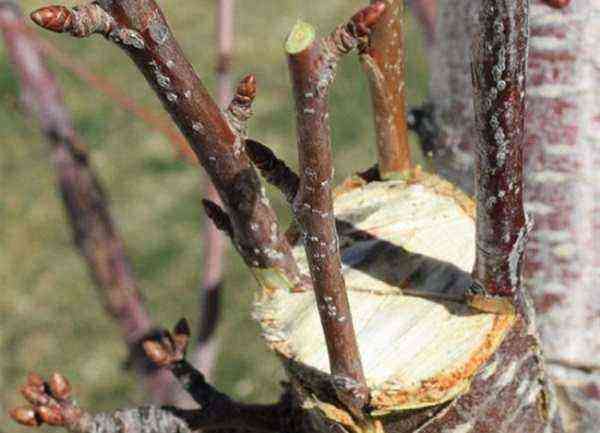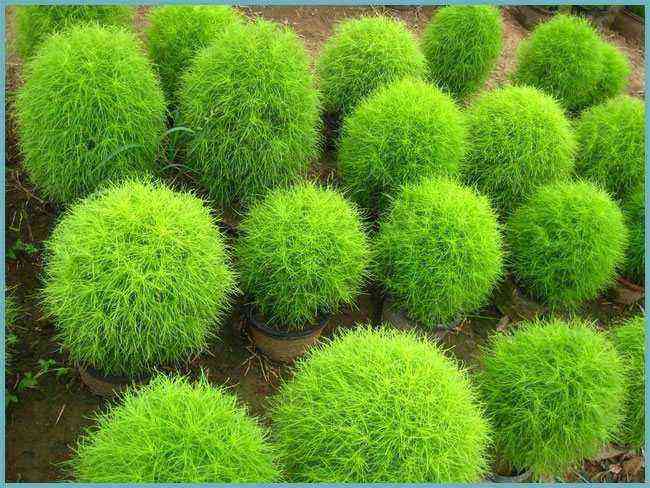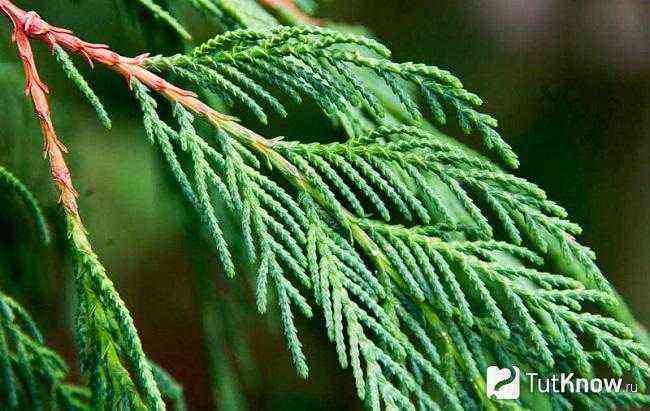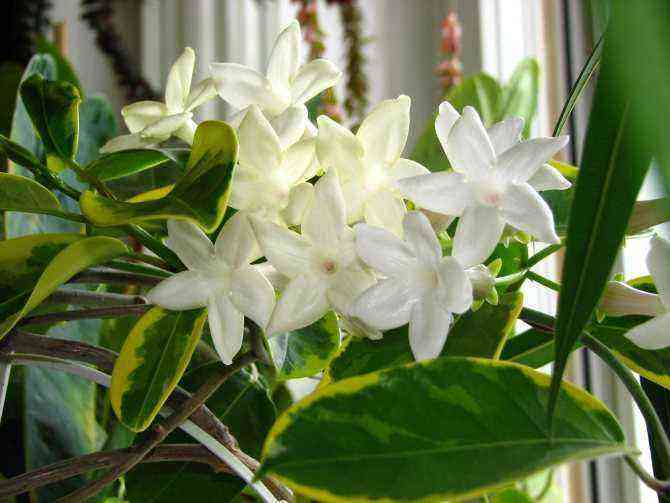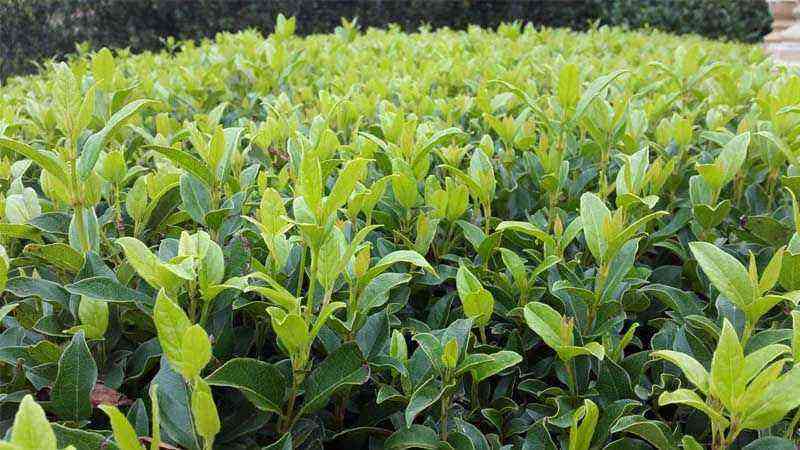Rhododendron japonicum, commonly known as japonica azalea it is a species belonging to the family ericaceae. This plant has a shrubby bearing that allows it to be grown both in the garden and in pots. It is slow growing and provides a high ornamental value thanks mainly to its spectacular flowering.
Azalea japonica is native to Asia, where it grows wild in mountainous areas, especially in Japan. There is a belief that if you have a japonica azalea at home, it will attract good luck, in addition to helping to improve concentration and the ability to retain information when studying. In other cultures, it symbolizes everything related to femininity and motherhood.
Curiosities aside, the japonica azalea is a very decorative plantthat we can enjoy both indoors and outdoors providing a nice touch of color in our homes.
Characteristics of azalea japonica (Rhododendron japonicum)
Rhododendron japonicum It is an evergreen shrub, so it remains green throughout the year, giving us a spectacular flowering in spring. They are plants that need a cool environment protected from direct sun. However, although they can be grown outdoors, their most common planting is in pots, converted into indoor plants.
Stem and leaves
Azalea japonica has a bushy bearing, growing vertically and in an open and rounded shape with flexible stems when young. As they mature, they become thicker and more woody.
Its leaves are evergreen, although this behavior only occurs as long as the plant does not have to withstand frost, since if this happens the leaves will fall, sprouting again in spring. They are lanceolate in shape, with pointed ends, with smooth edges and perfectly visible veins.
They are of a beautiful and showy dark green color.
Flowers
If there is one characteristic that distinguishes the japonica azalea, it is its abundant and spectacular flowering which begins in spring and lasts about a month.
The flowers, bell-shaped and with soft petals, grow at the ends of the stems and cover almost the entire plant, filling it with color. The most common tonality is red, but we can also find them in pink or white, even combined in two colors and in different shades varying the intensity of the color.
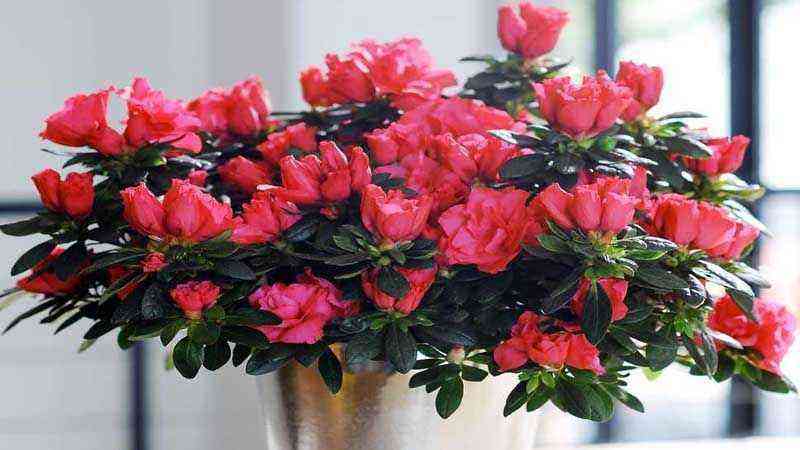

Azalea japonica care
This flowering shrub needs some care, simple in character, but with great importance to achieve a very showy flowering.
Location and substrate
Japonica azalea needs a cool environment and well aerated. In fact, the cooler it is, the more abundant the flowering will be and the longer it lasts.
Therefore, we must locate our Rhododendron japonicum en shadow zones o semi-shadow and never in full sun. If we have it inside our house, it is convenient to take it outside at night in the warmer months to cool off. Everything will depend on the interior temperature of our house.
Regarding the type of soil, it is a plant that needs acidic earth with a pH between 4 and 5. In alkaline soils it does not thrive at all well and may present micronutrient chlorosis, the most common being iron chlorosis.
Irrigation of Azalea japonica
Rhododendron japonicum it needs continuous humidity to thrive in good conditions. Its root system emits fine roots that are quite sensitive to the lack of water. Therefore, it is essential keep the root ball always moist when grown in a pot.
If the cultivation is in an outdoor garden, will require frequent watering (3 to 4 times in summer), especially in the flowering season and in the hottest months.
If we are growing azaleas at home and we water with very hard water, it is advisable to osmotize the water or acidify it with a acid type fertilizer (they are quite frequent). In this way we will eliminate all the carbonates that prevent a correct absorption of the micronutrients.
To help us keep moisture in the soil, especially in very hot areas, we can place a mulching or mulch based on pine bark on the surface of the earth. With this, it is possible to maintain humidity for longer and protects the most superficial roots.


Pruning and general maintenance
Given its slow growth, azalea japonica does not need regular pruning, although it does use a light maintenance where we will remove the withered flowers and any branches that may have dried up.
If at any time a deeper pruning to rejuvenate the plant and stimulate new shoots, it should be done during the winter when the plant is at rest, as long as it is protected from the cold. Otherwise, we will do it in the fall or right at the end of winter.
Transplant
If we have a japonica azalea in a pot, it will be convenient to transplant to a larger volume container approximately every two years. With this, we provide more space for the roots and make the aerial part can double in size.
If what we want is to transplant into a garden, we must remember that the soil has to be acidic or on the contrary it will not prosper properly. To solve this problem, of calcareous earth, a fairly large hole can be made in the place where we want to locate the plant, where we will fill it with a acid substrate, heather soil or chestnut and compost or manure.
Subscriber recommendations for azalea japonica
In addition to providing organic matter or compost at the beginning of the sprouting period, we can also support nutrition by providing mineral fertilizers.
The ideal time is to bring them just before the end of winter. We will use acidic fertilizers that we will apply together with the irrigation water every 15 days throughout the summer.
In the event that you do not have problems with calcareous waters, it may be more comfortable to use granular fertilizers, such as the classic and universal NPK 12-8-16 that contains magnesium and also micronutrients.
In the event that you notice that the leaves of your azalea japonica begin to lose their original greenness (keeping only the green nerves), it is possible that it suffers from an iron deficiency. The best way to correct this problem is providing iron chelate.
How to reproduce the japonica azalea
Although it is possible to reproduce the japonica azalea by cuttings, it is quite difficult and the process can be too long even using rooting hormones.
On the other hand, it is relatively easy to get a new plant by layering technique. It will be enough to choose a flexible branch that is close to the ground and bury it a little, making sure that it is always in contact with the ground.
After a few months we will see that roots have emerged on the branch, being the ideal time to cut the cutting, taking care not to damage these new roots, and plant it in a pot with an acid substrate suitable for azaleas. For your maintenance, we will maintain the same care that we have been counting, conserving humidity throughout the process and protecting our plant from direct sunlight.
